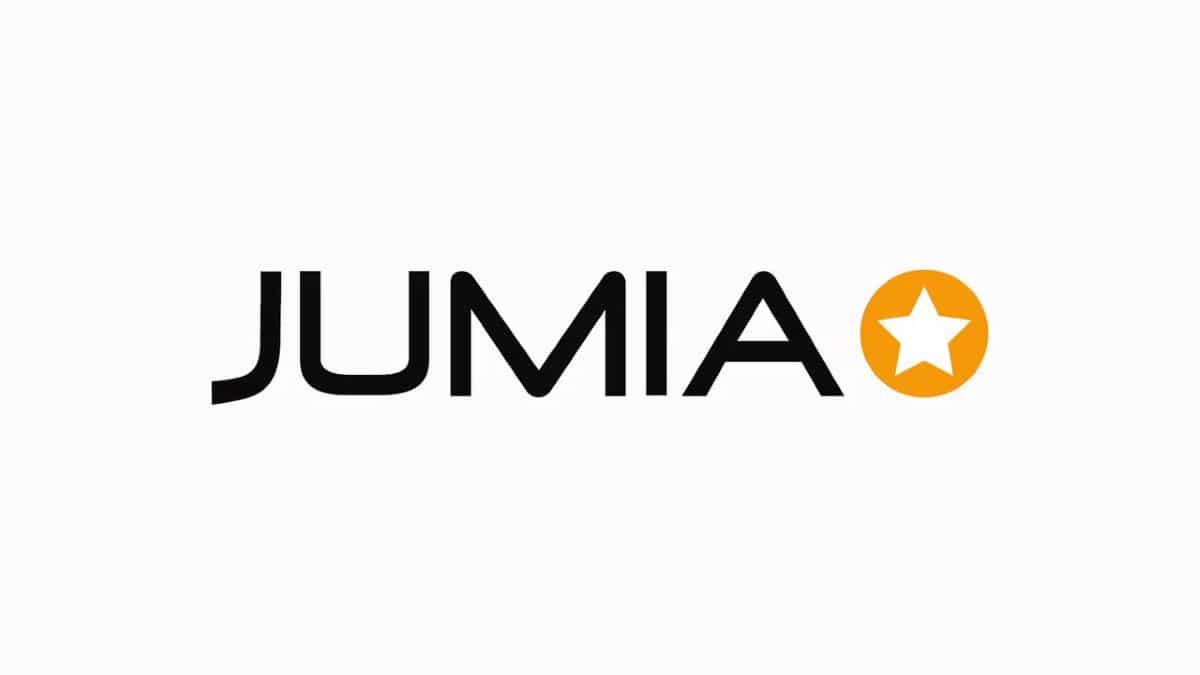By Gbenga Olaniyi, a Lagos-based Financial Analyst
Pan-African e-commerce platform, Jumia Technologies AG (NYSE: JMIA) recently released its Q1 2023 earnings report, providing valuable insights into its financial performance and growth trajectory.
In the first quarter of 2023, Jumia’s new management redoubled efforts to drive sustainable long-term growth for the business, building upon the previous management’s blueprint from the fourth quarter of 2022. As a result, the e-commerce giant experienced a substantial reduction in losses by optimising its revenue streams, enhancing logistics services, and adopting a disciplined marketing approach.
Here are some key takeaways from the first quarter of 2023 financial results
- Reduction in Losses
Jumia’s first quarter 2023 results showcased a significant reduction in losses and a commendable effort towards profitability. The company’s operating loss decreased by a remarkable 54% year-over-year, reaching its lowest quarterly level in over four years at $31 million. This substantial reduction in losses can be attributed to Jumia’s successful cost reduction initiatives, with all operating costs decreasing sequentially and on a year-over-year basis.
- Reduction in Marketing Expenses
A noteworthy highlight of Jumia’s Q1 2023 results is the remarkable 70% reduction in marketing and advertising expenses. This disciplined approach to marketing investments has led to an improvement in marketing efficiency ratios, with sales and advertising expenses per order decreasing by 58% and as a percentage of GMV improving by 451 basis points. Despite the significant cut in marketing expenditures, Jumia still managed to achieve growth in revenue. While overall revenue experienced a slight decline of 3% year-over-year, it demonstrated a substantial 24% increase on a constant currency basis. Marketplace revenue, particularly commissions, experienced significant growth, increasing by 40% year-over-year. This growth was driven by commission take-rate increases implemented in mid-2022. Jumia’s ability to reduce marketing expenses while maintaining revenue growth reflects a fundamental shift in their approach to sustainable and cost-effective growth.
- Cost Reduction
Furthermore, Jumia’s focus on cost reduction across various expense categories has yielded positive results. Fulfilment expenses decreased by 34% year-over-year, aligning with the decline in orders, while fulfilment expenses per order showed a notable improvement of 20%. Sales and advertising expenses witnessed a remarkable reduction of 69% year-over-year, indicating a more disciplined approach to marketing investments. Technology and content expenses decreased by 9% year-over-year, showcasing the company’s commitment to enhancing the consumer experience and operational efficiency. General and administrative expenses also decreased by 16% year-over-year, reflecting the impact of organisational changes implemented in the fourth quarter of 2022. These cost reduction efforts contributed to an overall operating loss reduction of 54% year-over-year. With a focus on enhancing the fundamentals of the platform and implementing comprehensive cost efficiency measures, Jumia remains on track to achieve long-term growth and profitability.
- Positive Developments in Gross Profit
One of the standout takeaways from Jumia’s Q1 2023 earnings is its gross profit which reached an impressive $28.6 million, marking a notable 5% increase compared to the same period last year. Furthermore, the growth was even more substantial, reaching a monumental 24% on a constant currency basis. The gross profit margin as a percentage of GMV improved significantly, rising to 14.4% compared to 10.8% in the same quarter last year. Jumia’s continued focus on driving operational efficiencies and implementing strategic initiatives led to significant year-over-year growth in gross profit, demonstrating Jumia’s ability to deliver value to its stakeholders.
- JumiaPay Performance
While Jumia reported a total revenue of $46.3 million for Q1 2023, reflecting a marginal decline of 3% on a year-over-year basis however, when considering constant currency, the revenue increased by a noteworthy 24%. Further findings showed Jumia’s payment solution, JumiaPay transactions, declined by 38%. Despite this setback, it is worth noting that 29% of orders placed on the Jumia platform during the first quarter of 2023 were completed using JumiaPay. This showcases the continued importance of JumiaPay as a preferred payment method for customers.
In terms of JumiaPay, the company’s core priority, the first quarter of 2023 presented both challenges and opportunities. JumiaPay’s total payment volume (TPV) experienced a decline of 31% year-over-year, primarily due to the decision to move away from highly promotional services on the app that had limited consumer lifetime value. Despite this setback, it is worth noting that 29% of orders placed on the Jumia platform during the first quarter of 2023 were completed using JumiaPay. Furthermore, Jumia remains committed to making JumiaPay an even more effective enabler of its e-commerce business. In Kenya, Jumia successfully rolled out JumiaPay payment on delivery, resulting in 20% of postpaid orders completed using JumiaPay in March 2023. These initiatives demonstrate Jumia’s dedication to refining its payment services and reducing the inefficiencies associated with cash-on-delivery, which will further strengthen its position in the e-commerce market.
What To Expect in 2023
Speaking on what to expect for the rest of the year, the CEO of Jumia, Francis Dufay, stated that the company is shifting its strategy to pursue a different approach to growth. This involves three key elements: firstly, enhancing the supply and variety of products available by attracting reputable brands and suppliers in important e-commerce sectors like phones, electronics, home appliances, fashion, and beauty. Secondly, improving the tools and processes used to manage vendors on the Jumia platform, thereby enhancing the overall experience for customers. Lastly, the company aims to expand its consumer base by effectively targeting underserved markets in urban centres and rural areas, where traditional supply and retail options are limited, and tapping into the large consumer populations in these areas. He further expressed optimism, stating that the first quarter results demonstrate excellent progress towards their goal of achieving profitability. Despite facing challenging macroeconomic conditions and temporary headwinds, Jumia remains focused on driving sustainable long-term growth for the business.






